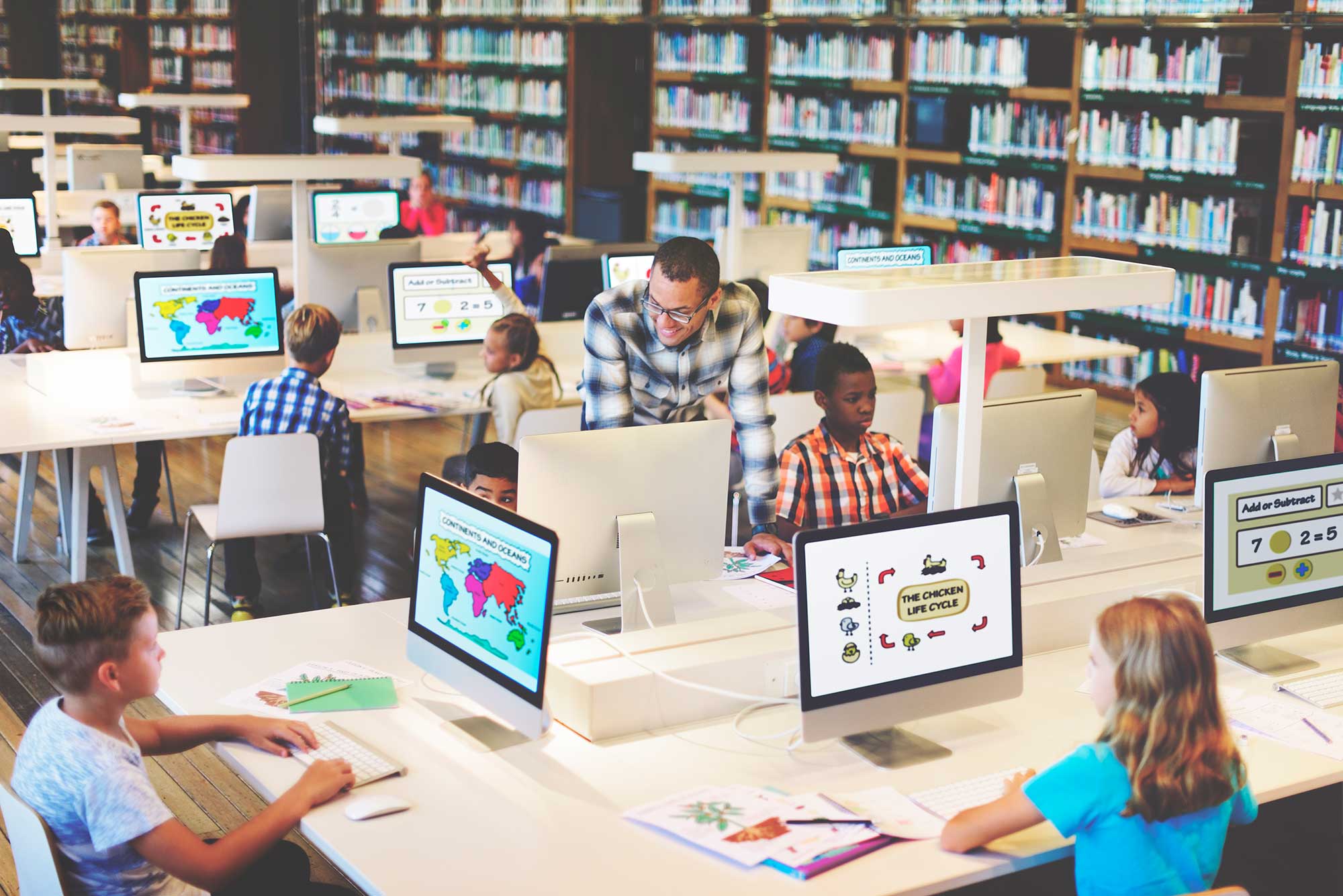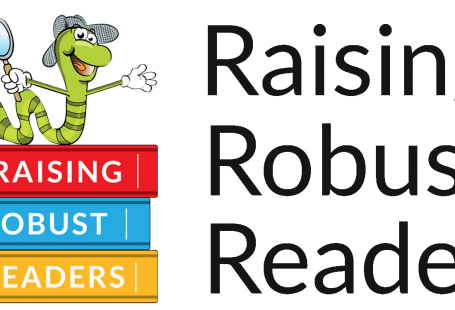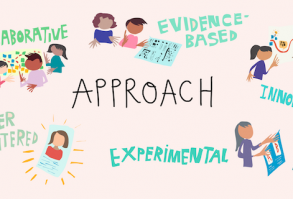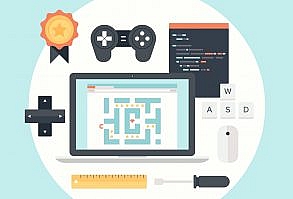Taylor (1980) suggested a framework to understand the roles of the computer in education. Even if it has been quite many years, it still sheds light on the issue. He stated that computers could be used as a tutor, tool or tutee.
Modes of the Computer
In tutor mode. Computers teach learners. Computers should be programmed by others and then they can tutor students with installed programs tailored to learners’ needs. The computer presents materials chosen by learners and the student responds. Then, the computer checks the response and gives feedback to learners. The computer can keep records of the process. “The principle is that the knowledge resides in the machine, from where it is delivered to the learner in small chunks with frequent reinforcement” (Walker&White, 2013)
In tutee mode. The learner teaches the computer. The framework is based on the constructivist approach which originates from the study of Piaget. Knowledge should be constructed by learners through experience. To do that, learners should learn to program or have computer literacy however, to teach something you must learn it first, which affects the quality of learning process and make learners to understand better.
According to Papert (1993), if learners are forced to produce or create something, they can construct knowledge more effectively. Although Papert suggests that learners must learn to program computer, it is not a must in some cases for example; there’re lots of user friendly programs available in internet. Learners can create videos or presentations and share them in internet easily.
In tool mode. This mode can be applied in any context in which technology is used to achieve a task. One of the most common tool is Word program to write anything in various types or PowerPoint program to present something in the computer. Using the computer as a tool facilitates the learning. With the arrival of the internet and smartphones, the role of tool is turned into the one which provides opportunities for communication between people. It is called ‘social constructivism’ developed by Vygotsky (1978) who emphasized that social interaction is essential for language learning.

Please feel free to contact me if you need any further information.
Reference
Taylor, R. P. (2003). The computer in school: Tutor, tool, tutee. Contemporary Issues in Technology and Teacher Education, 3(2), 240-252.
Walker, A., & White, G. (2013). Technology Enhanced Language Learning: connecting theory and practice-Oxford Handbooks for Language Teachers. Oxford University Press.
Papert, S. (1993). The children’s machine: Rethinking school in the age of the computer. BasicBooks, 10 East 53rd St., New York, NY 10022-5299.





